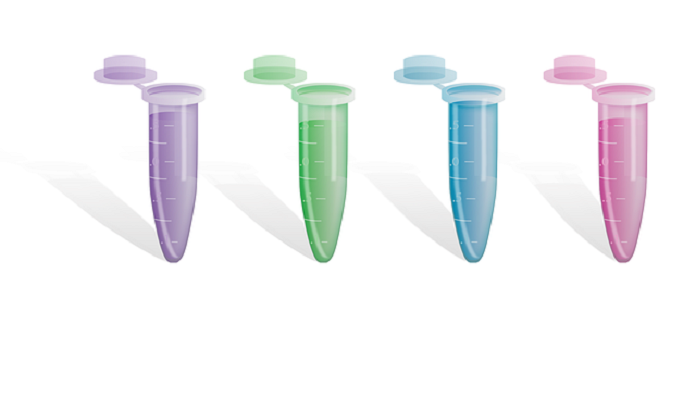A group of researchers has developed a combined in vitro test for identifying HPV infection and predicting cervical cancer risk.
It has been estimated that up to 91% of cervical cancer cases may be attributed to the human papillomavirus (HPV). As the success of cancer treatment is largely dependent on the time at which the cancer is diagnosed, recent research has focused on the identification of pre-cancerous markers.
Researchers have developed a new diagnostic test that can identify HPV infections and precancerous markers. The in vitro test is called HPV RNA sequencing which allows researchers to identify 13 varieties of high-risk HPV. The RNA sequencing technology enables tracking of early and late HPV transcripts that can be analyzed further to determine the potential risk of a cervical lesion. To evaluate the efficacy of the newly developed test, the researchers assessed the new test on a group of 55 patients; the results of the study were published in the Journal of Molecular Diagnostics. The researchers found that 27 of the 55 patients had high-squamous intraepithelial lesions, while the remaining 28 had low-squamous intraepithelial lesions. The patients were tested using the new technology as well as the traditional HPV DNA-based reference diagnostic kit.
The researchers found that the newly developed test was more accurate than the current methods for determining the characteristics of the HPV infections in the studied patients. Compared to the DNA diagnostic kit, the HPV RNA-Seq test was successful in indicating two additional high-risk HPV cases as well as more cases of multiple HPV infections. With a 97.3% sensitivity for high-risk HPV infections, the authors of the paper suggest that the HPV RNA-Seq test can be a low-cost and convenient alternative for the diagnostic DNA kit.
This method combines two traditional processes of pap smears and HPV molecular screenings to produce a more time and cost-efficient test that is able to detect HPV infections and predict the risk of cervical cancer as well. The researchers acknowledge that this test will allow patients to avoid multiple invasive procedures that are normally used to detect the presence of cervical lesions for HPV infected patients.
Written by Shrishti Ahuja
References:
Pérot, P., Biton, A., Marchetta, J., Pourcelot, A.-G., Nazac, A., Marret, H., … Eloit, M. (2019). Broad-Range Papillomavirus Transcriptome as a Biomarker of Papillomavirus-Associated Cervical High-Grade Cytology. The Journal of Molecular Diagnostics, 21(5), 768–781. doi: 10.1016/j.jmoldx.2019.04.010
Elseviernews. (n.d.). New Test Enhances Ability to Predict Risk of Developing Cervical Cancer in Human Papillomavirus. Retrieved from https://www.eurekalert.org/pub_releases/2019-08/e-nte080719.php
Image by LJNovaScotia from Pixabay



